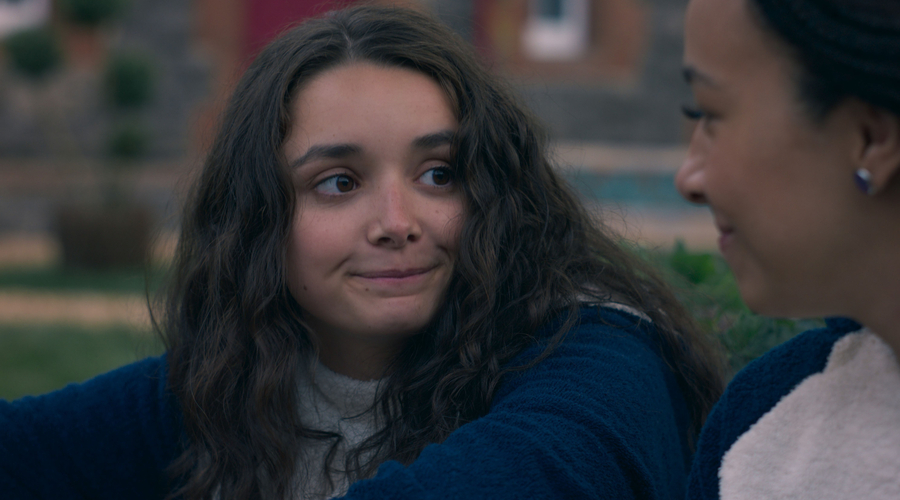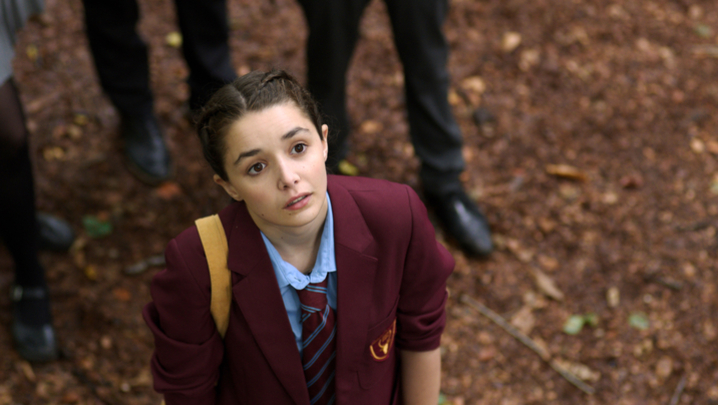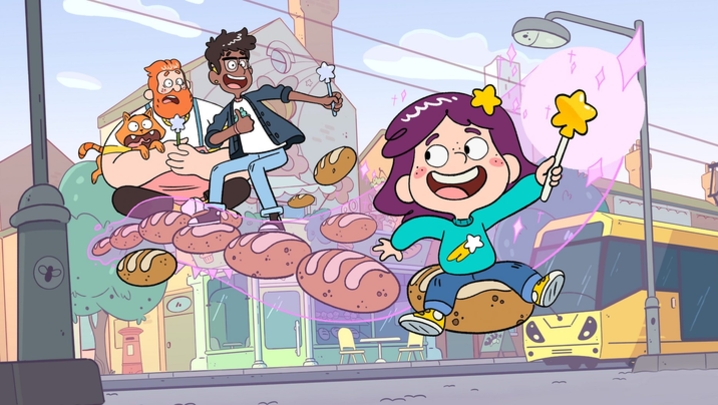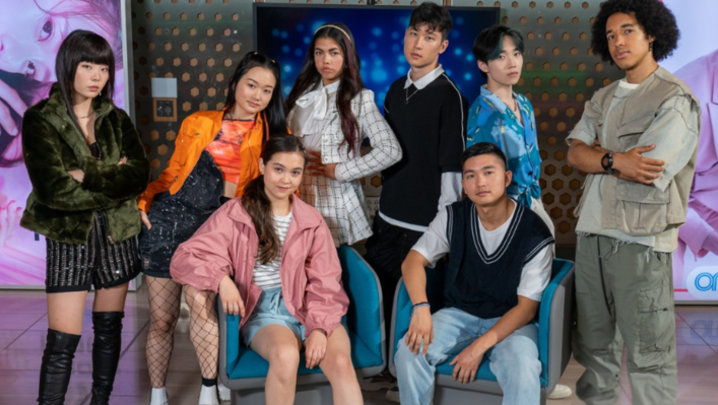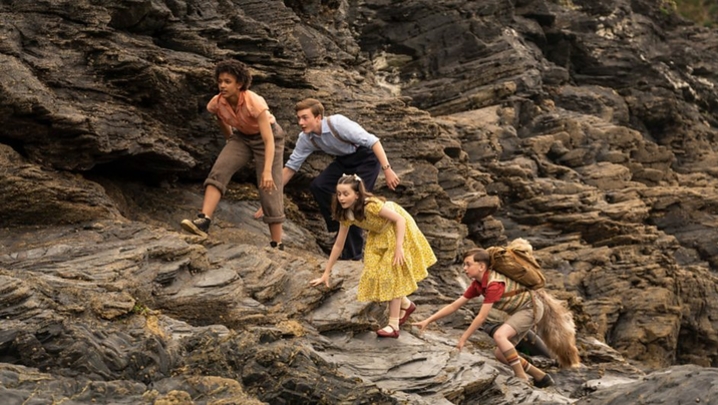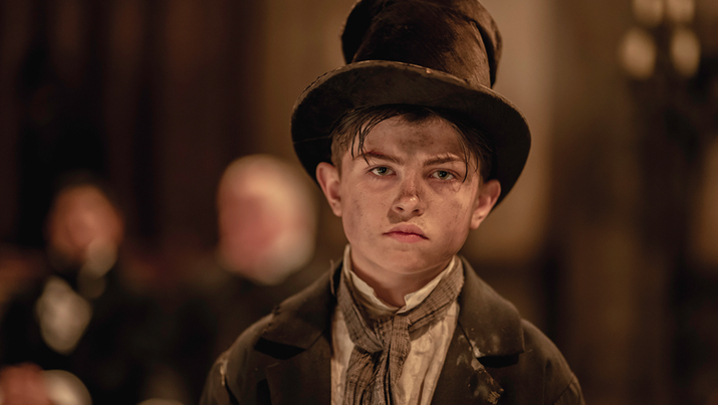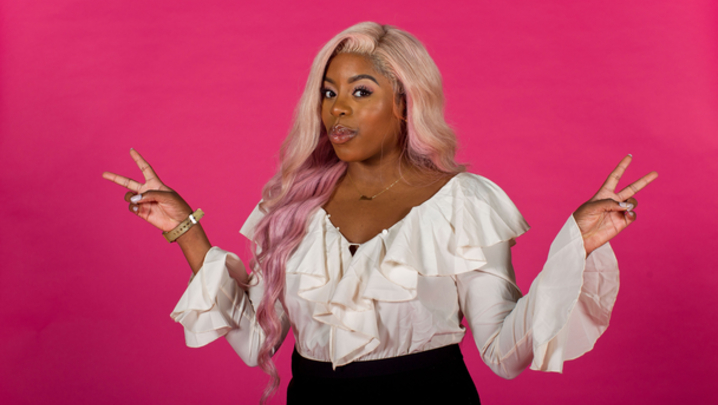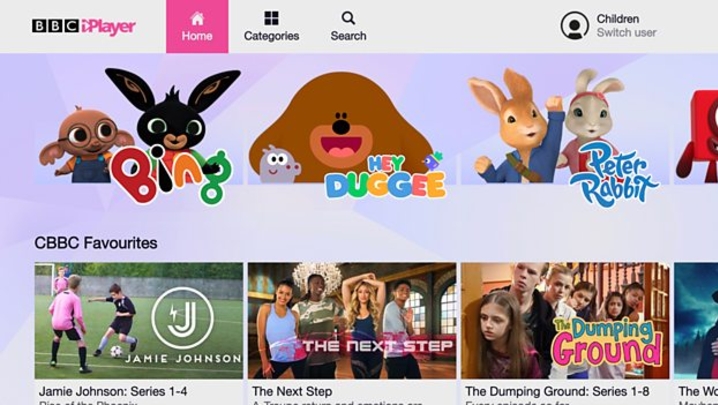CBBC’s A Kind of Spark is a story with autistic characters, played by autistic actors – which shouldn’t be as unusual as it is.
First on the call sheet is Lola Blue, whose credits include The Worst Witch, and Coronation Street. Series creator Elle McNicoll says of her lead: “Lola is such a powerhouse of a leading actor”; which is apt for the character she embodies.
Addie Darrow has extreme drive and agency, throwing herself into whatever she comes up against. In series one, she discovers her small hometown of Juniper was a hotbed for witch trials in the 1600s, and her interest deepens after finding the diary of one of the women accused. She campaigns to memorialise these women, who she begins to expect were ‘different,’ just like her.
This first series of A Kind of Spark, based on McNicoll’s debut novel of the same name, introduces its young neurotypical audience to the autistic experience and lets autistic viewers see themselves on-screen.
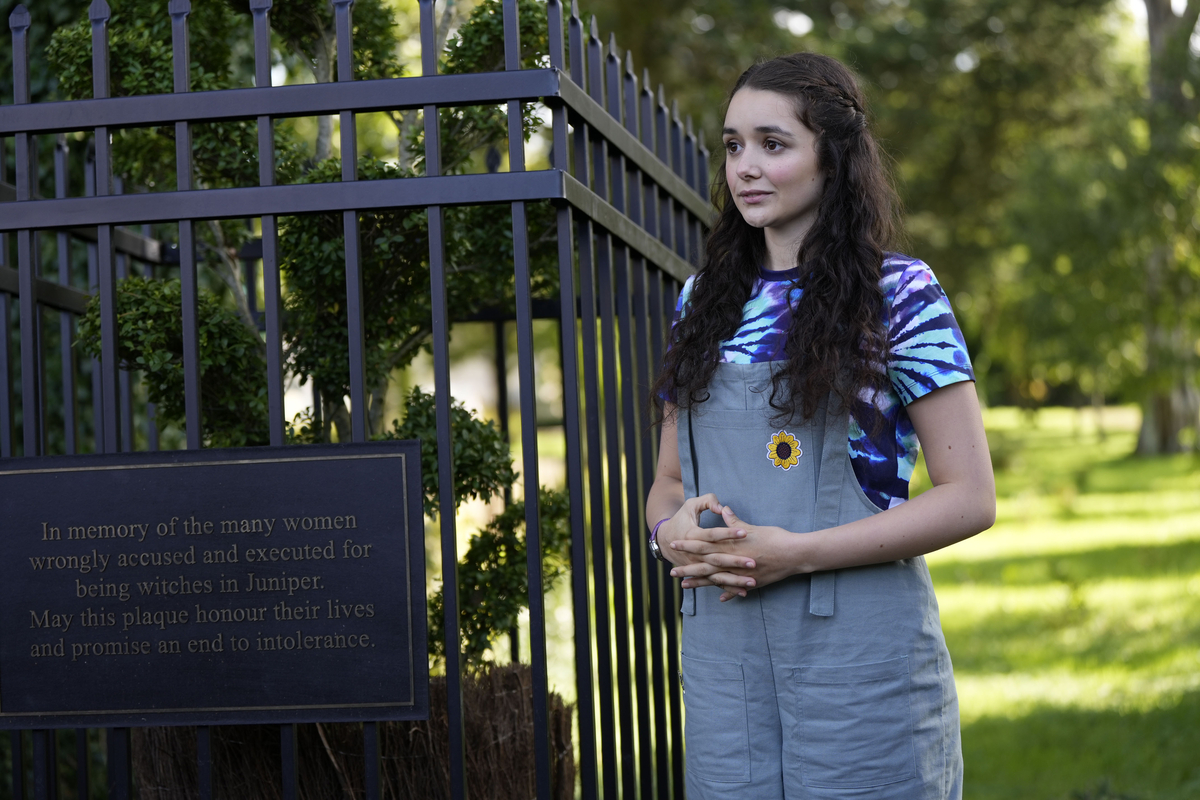
When asked whether she’s ever considered not writing for a neurodiverse audience, McNicoll says, simply, “no.” She describes the writing process for A Kind of Spark as “an explosion of emotion about years of pretending to be neurotypical to survive.” The story doesn’t revolve entirely around neurodivergence, though. As McNicoll says, “There has to be a story, and that story cannot be ‘autism.’”
For Blue, this was the first character she’d auditioned for who was autistic, like her. Playing someone neurotypical is no issue for Blue – like all actors, it’s her job to pretend to be someone she’s not – but she did find some clear differences. Auditioning for Addie, she found herself “unlearning” certain things, such as suppressing her ‘stimming’ (repetitive movements which help self-soothe). When playing a neurotypical character, she finds a lack of stimming sometimes leads to “fizzes,” or twitches, popping up on her face. But in A Kind of Spark, Lola didn’t have to worry about it happening on camera: Addie stims too.
Blue explains that there is a lot of “stigma around autistic people ‘not being able to do their jobs’… which they absolutely can!” This is a sentiment that was echoed by actor and activist Steph Lacey at the RTS Cambridge Convention 2024, who called on executives and commissioners to “trust [deaf, disabled and neurodivergent talent] enough to lead, and make sure they are given a seat at the decision-making table.”
Production companies are gradually adapting. In recent years, the BBC has increasingly focused on employing neurodiverse talent, in front of and behind the camera, especially on productions centred around neurodiverse stories.
For A Kind of Spark, the split between neurotypical and neurodiverse talent sits at around 50%. Although, McNicoll is keen to highlight that the crew weren’t simply plucked from obscurity due to their neurodiversity. “This was the best of the best who just also happened to have the exact fifth gear that we needed for them to understand the material.”
Things on set that neurotypical people might find insignificant can make the world of difference to autistic people. Aspects such as costuming were considered, for example. In a YouTube video for CBBC, Hamilton, who plays Addie’s sister Nina, says having loose fabric touching her stomach can be overstimulating, so the costume department worked around this, as well as moving the microphone pack away from that area.
Neurodivergence was also incorporated into the set design. When developing the Darrow daughters’ bedrooms, each actor was heavily involved, making sure that what was in each room was native to an autistic experience. Addie’s bedroom, for instance, has a lot of shark related items, pointing to one of her special interests. Some rooms also had headsets to help with auditory overstimulation.
Before series two started filming, the cast were asked if there was anything they would improve. These conversations resulted in a sensory room that could be used at every location, and an accessibility coordinator who advocated for the cast and crew at every step.
Series two of A Kind of Spark introduced a new character, Bonnie, played by Ella Maisy Purvis (Patience). Bringing this new character, who is autistic and has ADHD, into the series provides a different kind of representation – representation for those without supportive families, and whose neurodivergence has led to years of pain and bullying.
Bonnie is not a stranger to the Darrow family – she is Keedie’s childhood best friend, who was forced to move away after her mistreatment. She is first introduced to the series as Addie’s cyber troll, posting mean comments about Addie and her witch memorial.
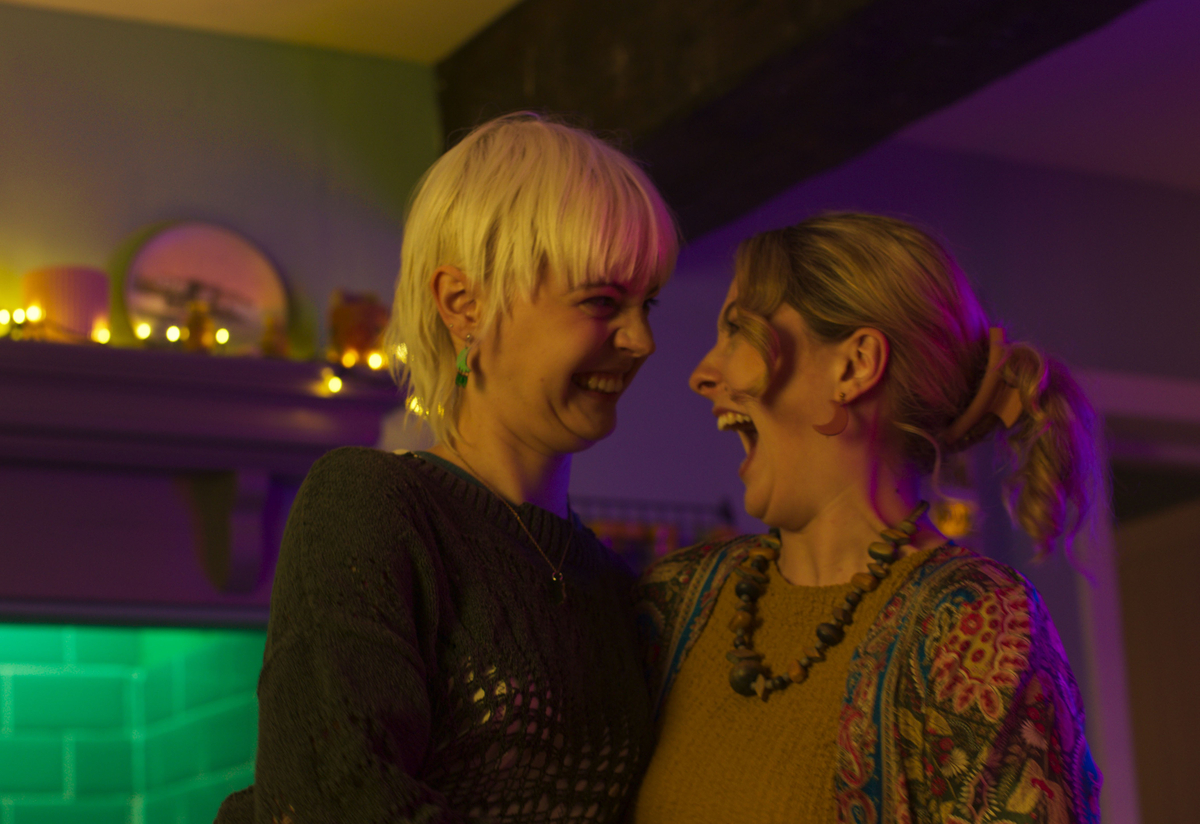
(Credit: BBC/ 9 Story)
McNicoll explains that Bonnie’s arc is based on an old proverb: “the child who is not embraced by the village will burn it down to feel its warmth.” Bonnie’s is a personal story to McNicoll, and she refused to write it for the series unless she got to make Bonnie angry, but not a villain.
Whilst viewers love the Darrow family for their unconditional acceptance, McNicoll often has people writing to her saying, “I wish I lived in a family like that.”
“It was so important to pay homage to a different experience,” she says. Bonnie’s mum tries to ‘fix’ her daughter, believing her autism can be cured by trips to therapy, and telling her to have “quiet hands” to stop her stimming.
It was also important to McNicoll to have more than one autistic person in the show. “Sort of like an autistic Bechdel test, where it's two autistics talking together, and there are no neurotypicals around.
“If it’s just one person in a story that can sometimes become a bit too fish out of water, and a little bit too isolated.
It also means there are multiple mirrors for autistic people to see themselves in. McNicoll says she gets the most fan mail, drawings and comments about Addie’s sister Keedie, whose storyline revolves around masking.
These interactions with viewers corroborate the need to have representation like this in children’s TV, but McNicoll says it’s really difficult to get anything made for children. This is partially due to a lack of funding, but also because “adults grow up and forget everything about childhood. They forget Sunday morning cartoons got them through their school week, they forget that the books they read as children are the reason they’re able to read and function and have an imagination as adults.”
“It’s hard to make things for kids,” she says, “but it’s the most important thing.”
A Kind of Spark took home the Children’s Programme Award at the RTS Programme Awards 2024. Series one and two are available to stream on BBC iPlayer.

